Beyond Translation: The Role of Great Localization in Brand Expansion
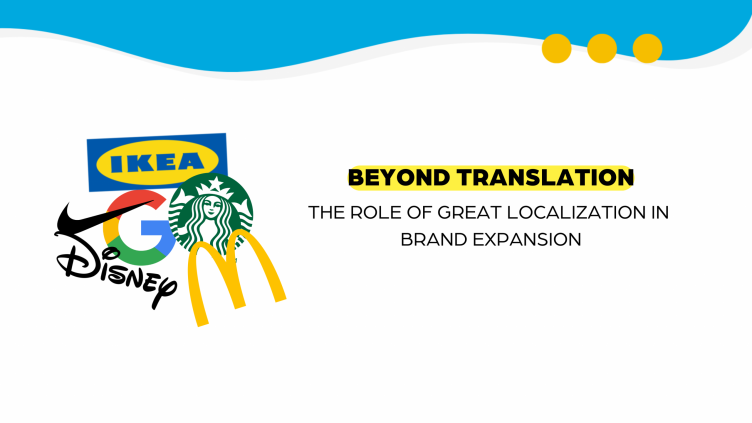
Localization in Brand Expansion, in terms of expanding the reach of any product or business service, is determined as a way to adapt the local culture associated with the target populations. A well and successfully localized product or service is one that has been found to be developed under any local culture. One of the best examples of localization involves changing Z’s to S’s for British English. Time zones, money, national holidays, local color sensitivities, product or service name translation, gender roles, and geographic references must all be addressed in addition to idiomatic language translation.
No two different brands’ experiences will be the same, as there must surely be differences between the experience segmentation. No doubt, two companies might be dealing in similar products and services, but the experience gained by the companies with the solution implementation must be different. Streamlining from the shopping section to favorite movies and applications as well, every single person, including us, goes through this experience, and we all are evidently surrounded by different brand experiences so far. These are the facts that nobody can deny.
The thing we usually miss out on is they don’t relate it to the cultural aspects. We don’t think about how it relates to the unique culture, and the things that feel familiar to us usually might not be for another demographic. A person can easily place an order for anything from any side of the globe without even thinking of different cultural aspects. And also, another example that relates localization to culture is if someone is playing a game that is written completely in another language. These are different things but lead to similar results in the end.
Accept it or just spurn it, the thing which attracts the consumers and all of us is still the best experience we got the last time. This is the only reason one gets to the spot from where they got the best experience and required things as well. That is basically termed “Localization” at work. In order to translate the compelling experience of the existing product or service to resonate with the new customer base that belongs to different cultures and experiences, leads to the right localization at the end.
Localization in Brand Expansion – A few global brands that it right
As a whole, the term localization defines the whole concept in its own being a fairly broad concept. Yet, it doesn’t matter what path has been undertaken by the organization, the end results are still the same, and yet the greater served experience will attract the customers to come back again for the same thing. In a time period when it comes to the companies that come around with the adaptation of new language and region, brands are also allowed to make the implementation of new strategies and techniques as well. The aspect of Localization in Brand Expansion is further dependent completely upon the type of industry in which the brand deals in, the product, and the service it deals in.
Starbucks:
Localization of Store Atmosphere:
Store Design:
Starbucks incorporates local design elements and architectural styles to create a unique store atmosphere that resonates with the local community. For example, in Japan, Starbucks opened stores that feature traditional Japanese aesthetics like wooden interiors, sliding doors, and tatami mats.
Art and Décor:
Starbucks showcases local artwork and décor in their stores, celebrating local artists and cultural heritage. They often collaborate with local artisans to create custom artwork and installations that reflect the local culture, fostering a sense of pride and connection among customers.
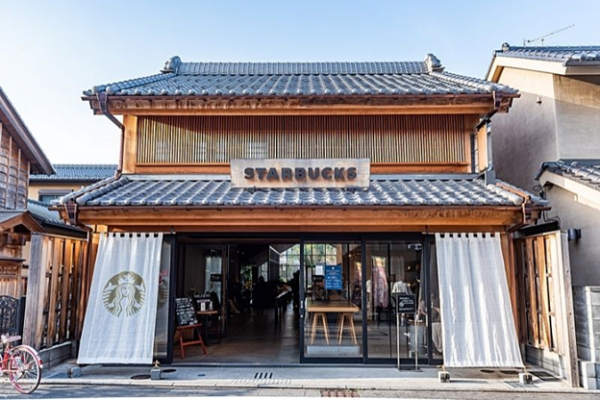
Menu Localization:
Regional Beverages:
Starbucks introduces region-specific beverages that cater to local tastes and preferences. For instance, in South Korea, they offer beverages like the Black Sesame Latte and the Jeju Citrus Blend to incorporate popular local flavours.
Food Localization:
Starbucks adjusts its food offerings to accommodate local culinary preferences. They may introduce pastries or snacks that align with local flavors and ingredients, such as matcha-flavoured treats in Japan or red bean-filled pastries in China.
Community Engagement:
Local Partnerships:
Starbucks actively collaborates with local farmers, suppliers, and organizations to source ingredients sustainably and support local communities. They work towards building long-term relationships and promoting social and environmental responsibility.
Charitable Initiatives:
Starbucks engages in philanthropic activities specific to each market. They contribute to local causes and charities, supporting initiatives that address community needs, education, and environmental sustainability.
IKEA:
Product Localization:
Size and Functionality:
IKEA adapts its product range to suit the specific needs and living spaces of different markets. For example, in densely populated cities like Hong Kong, offer compact furniture designs that maximize space utilization.
Climate Considerations:
IKEA adjusts its offerings to accommodate regional climates. They provide products like air purifiers, humidity-resistant materials, or furniture designed for hot and humid climates to cater to the specific weather conditions of different regions.
Localization of Store Layout:
Store Design:
IKEA customizes its store layouts to align with local shopping habits and preferences. They may incorporate features like wider aisles, different sections, or separate areas for specific product categories based on local customer preferences and cultural norms.
Visual Merchandising:
IKEA showcases room setups and displays that reflect local living styles and cultural aesthetics. They create mock living spaces that resonate with the local community, inspiring customers and helping them visualize how products can be incorporated into their own homes.
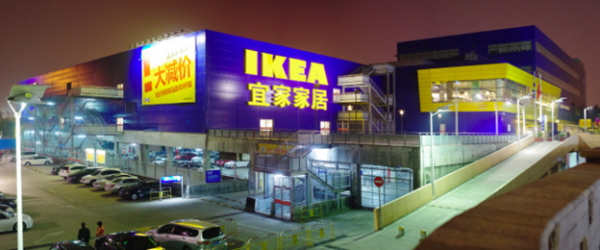
Cultural Integration:
Local Collaborations:
IKEA collaborates with local designers and artisans to create collections that blend Swedish design principles with local aesthetics. This approach ensures that their products resonate with the local culture and preferences, enhancing their appeal in each market.
Language and Instructions:
IKEA provides product information, assembly instructions, and signage in the local language to facilitate ease of use for customers. This localization effort helps customers understand product details and instructions accurately.
Disney:
Localization of Theme Parks:
Cultural Elements:
Disney incorporates cultural elements into its theme parks to create an immersive and authentic experience for visitors. For example, at Tokyo Disney Resort, they celebrate Japanese festivals and include attractions inspired by Japanese folklore.
Language Localization:
Disney ensures that its theme parks accommodate visitors from different countries by providing multilingual services, including maps, show schedules, and informational materials in multiple languages. They also offer language-specific guides and audio translations for attractions and shows.
Localization of Characters and Stories:
Regional Characters:
Disney develops characters and stories that resonate with specific regions or cultures. For instance, they introduced Mulan, a Chinese heroine, to appeal to Chinese audiences and reflect Chinese cultural values.
Local Partnerships:
Disney collaborates with local artists, writers, and filmmakers to create content that reflects the local culture and storytelling traditions. This approach helps to ensure that their characters and stories are relatable and appealing to audiences in different markets.

Merchandise Localization:
Exclusive Merchandise:
Disney offers region-specific merchandise that reflects local tastes and preferences. They design products featuring local characters, cultural motifs, or landmarks to provide visitors with unique souvenirs that capture the essence of the destination.
Festive and Seasonal Offerings:
Disney introduces seasonal or festival-themed merchandise that aligns with local celebrations and holidays. This strategy enhances the shopping experience and creates a sense of excitement and anticipation among visitors.
McDonald’s:
Menu Localization:
Cultural Adaptation:
McDonald’s adjusts its menus to cater to local tastes and cultural preferences. They introduce region-specific menu items and limited-time offerings that incorporate local flavours and ingredients. For example, in Brazil, they offer the McFeijoada, a burger inspired by the traditional Brazilian dish.
Dietary Preferences:
McDonald’s accommodates dietary preferences and restrictions in different regions. They provide vegetarian or vegan options in countries with significant vegetarian populations or religious dietary restrictions.
Marketing Localization:
Campaign Localization:
McDonald’s develops marketing campaigns that resonate with local consumers. They feature local celebrities, incorporate local cultural references, or address relevant social issues to connect with the target audience on an emotional and cultural level.
Regional Promotions:
McDonald’s runs region-specific promotions tied to local holidays, events, or traditions. This strategy allows them to engage with consumers during important cultural moments and reinforces their commitment to the local community.
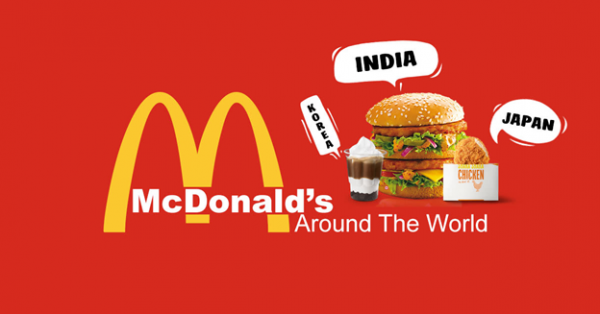
Community Engagement:
Local Partnerships:
McDonald’s partners with local suppliers and farmers to source ingredients locally and support the local economy. They prioritize partnerships with local businesses and organizations to foster a sense of community and contribute to local development initiatives.
Nike:
Athlete and Influencer Collaborations:
Local Athletes:
Nike partners with local athletes who are popular and influential in their respective regions. They feature these athletes in marketing campaigns, create special edition products, and sponsor local sports events to resonate with consumers who look up to these athletes as role models.
Regional Ambassadors:
Nike appoints regional brand ambassadors who have a deep understanding of the local culture and preferences. These ambassadors help shape Nike’s marketing strategies and ensure that the brand connects with consumers authentically in each market.
Region-Specific Product Designs:
Design Localization:
Nike creates region-specific products that incorporate local design elements, colours, or patterns. They may collaborate with local designers or artists to develop limited-edition collections that reflect local aesthetics and cultural influences.
Performance Localization:
Nike develops products tailored to the specific needs of athletes in different regions. They consider factors such as climate, terrain, and sports preferences to create footwear, apparel, and equipment that optimize performance in local conditions.
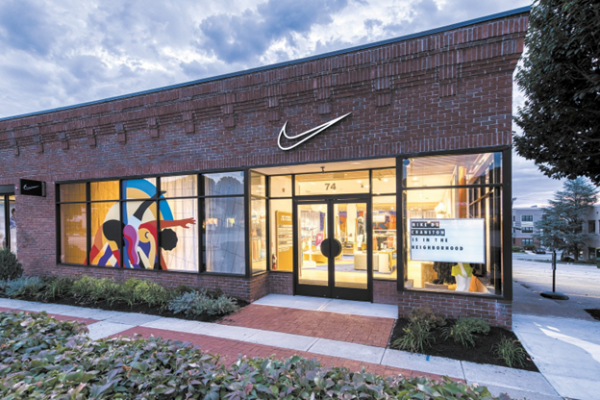
Grassroots Sports Engagement:
Community Programs:
Nike initiates community-based sports programs and events that promote active lifestyles and encourage participation in sports at the grassroots level. These programs often address specific regional needs and engage with local communities to foster a love for sports and fitness.
Google:
Language Localization:
Google offers its products and services in multiple languages, making them accessible and user-friendly for people around the world. They provide localized versions of their search engine, maps, and other applications, ensuring that users can interact with their products in their native language.
Customized User Experience:
Google tailors its products to cater to the specific needs and preferences of different markets. They incorporate local content, such as news, events, and promotions, into their services to provide users with relevant and personalized experiences.
Localization of Advertisements:
Google’s advertising platform allows businesses to target their ads to specific geographic locations and demographics. This localization strategy ensures that businesses can reach their target audience effectively and tailor their marketing messages according to the local market.
These brands exemplify the importance of Localization in Brand Expansion in various industries, from automotive, and food industries, to baby products. By adapting their products, marketing strategies, and community engagement efforts to the specific needs and preferences of different markets, these brands have successfully expanded their global presence and built strong connections with their customers.
If you are thinking of localizing your brand not only for more reach and growth, but also to connect with your target audience on a personal and local level, then contact our industry experts today for free consultation and experience how important is Localization in Brand Expansion!

Made up your mind yet?
Empower your globalization goals today!




